Students complete tropical marine biology course in Belize
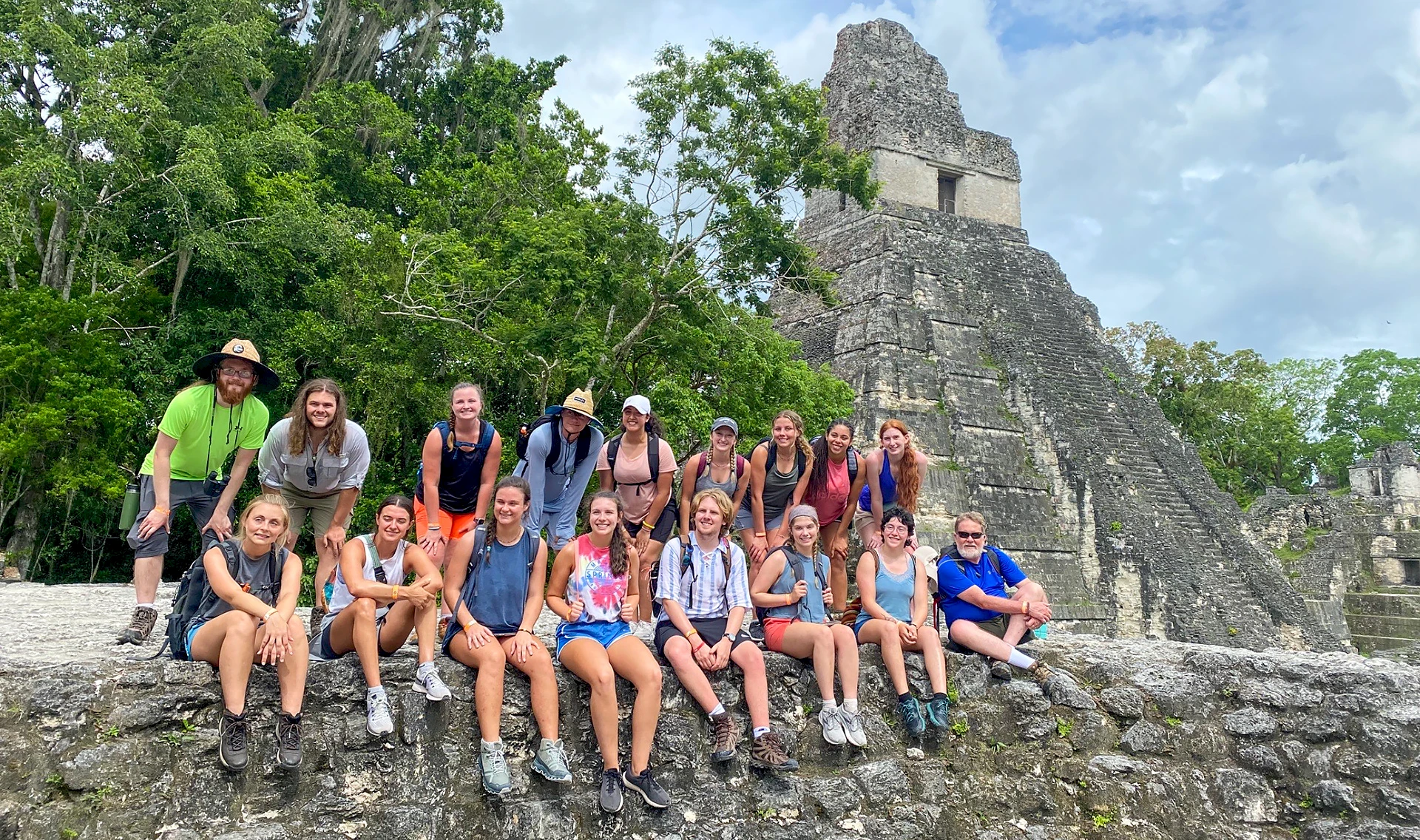
The group sits at the Mayan ruins in Tikai, Guatemala. Pictured are: Scott Holbrook, Zane Pedron, Kaitlyn Farr, Andrew Shere, Rocio Alferez, Matti Fairchild, Gracie Garner, Brianna Pringle, Kaylie Wheeless, Lauren Camp, Cheney Herring, Aspen Huseman, Amelia Brister, Maya Robles, and Nate Adams (a student at the University of Arkansas). View more photos below.
Fifteen Henderson State University students recently completed a tropical marine biology course that took them on an adventure to Belize where they observed and studied a variety of species.
Led by Dr. James Engman, professor of biology at Henderson, the class also explored Mayan ruins in Guatemala, and a cave that still contains artifacts and skeletons of human sacrifices.
Following a week of classes on campus, the group spent a week at the Tropical Research and Education Center in San Pedro.
Engman said the facility provides dorm space, meals, classrooms, and fully-staffed catamaran that serves as a floating classroom.
“We spent every day at sites on the Mesoamerican Barrier Reef, the second largest barrier reef in the world,” Engman said. “This allowed the students to observe and study species that they had learned about previously, including manatees, sharks, sea turtles, many species of fish, and coral and other invertebrates.
They moved on to Caye Caulker, a smaller, less developed island, where the focus of the course shifted from basic marine biology and conservation, to understanding life on a small island. The students interviewed residents, supported the local humane society, and spent more time in the ocean on a large sailboat.
The class concluded inland in the small village of Teakettle.
Engman said the group rented a unique, small resort. Students stayed in thatched-roof cabins surrounded by a large tract of virgin rainforest, exposed to a wide range of animals and plants.
While there, they explored an undeveloped cave used by the ancient Mayans for ritual purposes. They also traveled to Guatemala to visit the spectacular ruins at Tikai, and spent another day exploring the rainforest around the resort where they encountered monkeys, toucans, snakes, and many large insects.
“To try to describe an experience as amazing as Belize is honestly a daunting task,” said Henderson student Aspen Huseman. “I cannot put into words all of the amazing things I felt, saw, and experienced while there.
“I found myself geeking out many times when I could match organisms in the field to organisms we had studied for the course. I was able to see sting rays, sea turtles, Howler monkeys, and so many other things that constitute life in the Caribbean. It was so exciting.”
Lauren Camp, a Henderson student who aspires to be a doctor, summed up her experience as “humbling.”
“I felt an even stronger desire to help those who are underserved,” Camp said. “On Caye Caulker, there was only one doctor for the entire island. The people in Belize were so kind and happy, even though (from my perspective) they had much less.
“I left knowing I want to work in an underserved community one day, or possibly be a traveling doctor. I want to see and learn about all parts of the world and different cultures – an aspiration I had not had before this trip.
This was Engman’s 32nd study-abroad opportunity offered through Henderson’s biology department, and his 12th class in Belize.
Other students who participated in this year’s class were: Scott Holbrook, Zane Pedron, Kaitlyn Farr, Andrew Shere, Rocio Alferez, Matti Fairchild, Gracie Garner, Brianna Pringle, Kaylie Wheeless, Cheney Herring, Amelia Brister, Maya Robles, and Nate Adams (a student at the University of Arkansas).
They were also accompanied by Beth Pope Hill, a high school biology teacher from DeWitt.
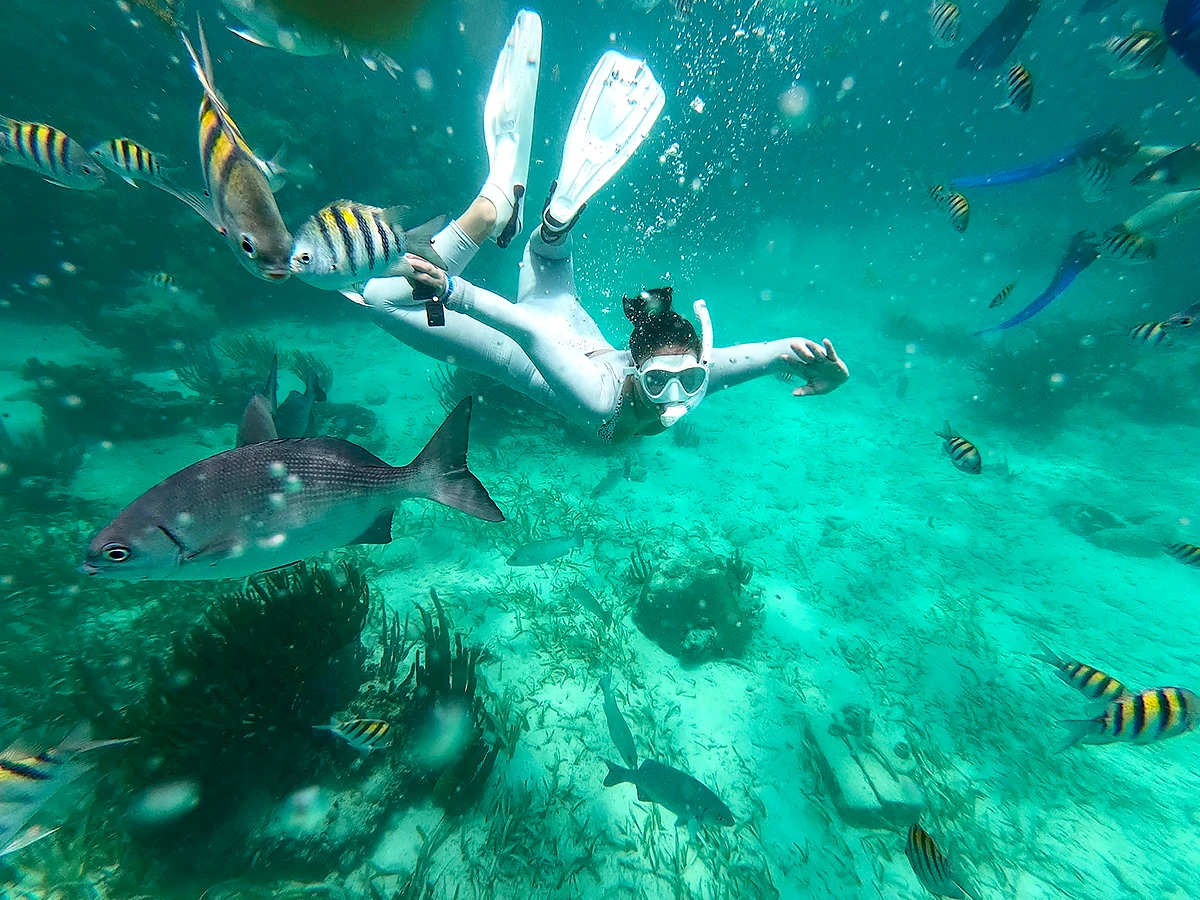
Andrea Roland snorkels on the Mesoamerican Barrier Reef.
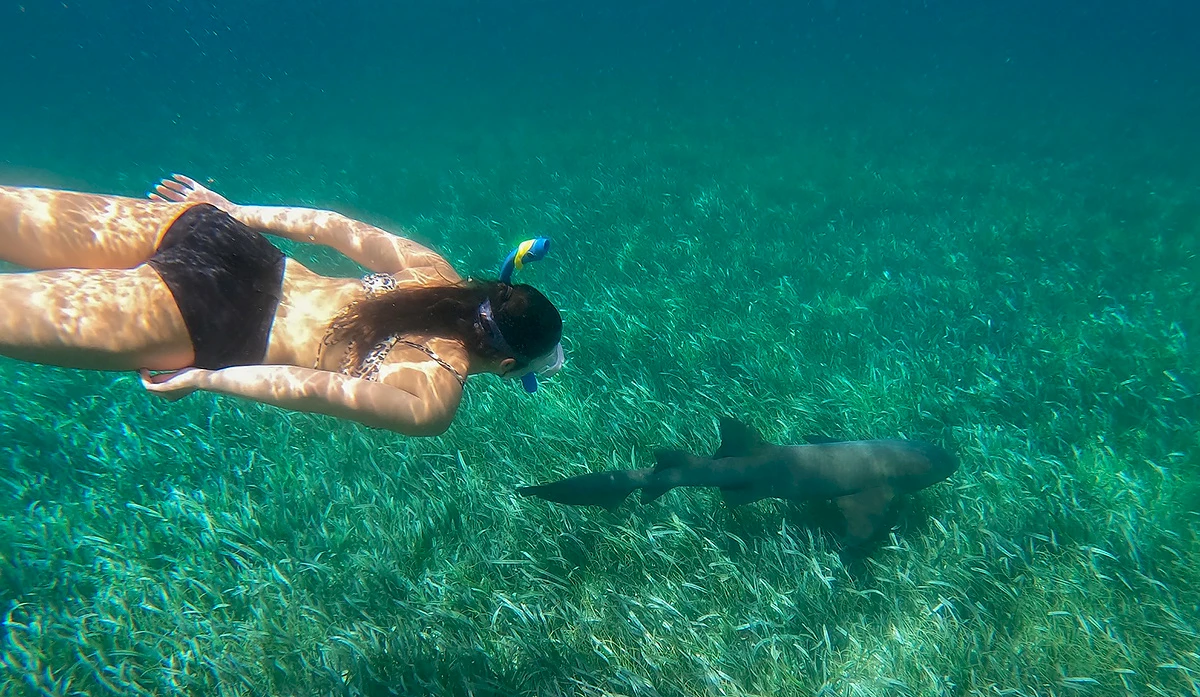
Aspen Huseman swims with a nurse shark.
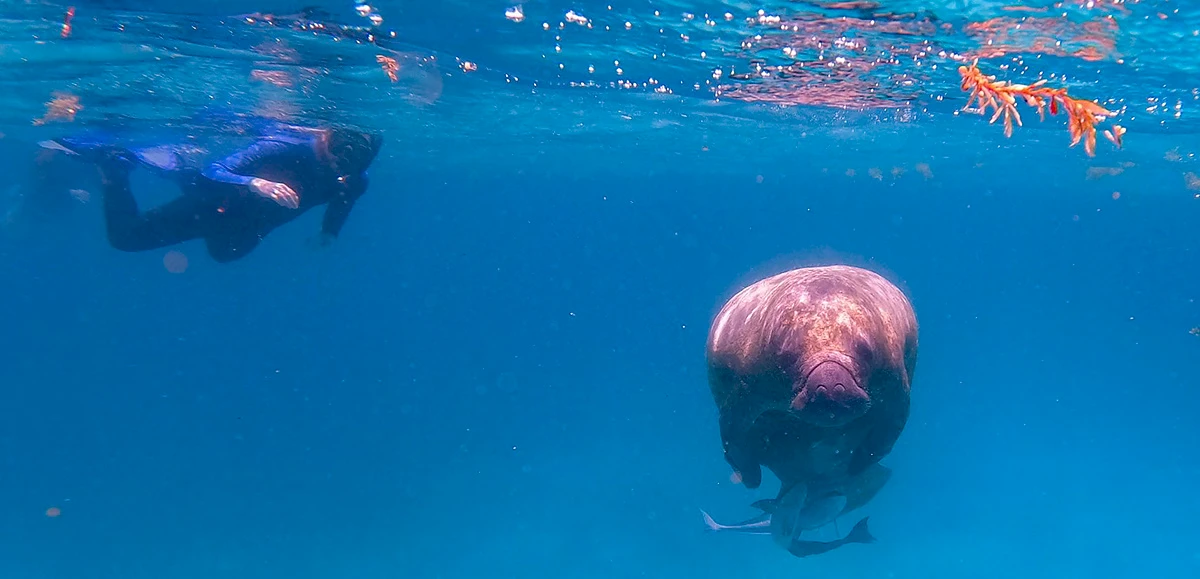
Scott Holbrook observes a manatee while snorkeling.
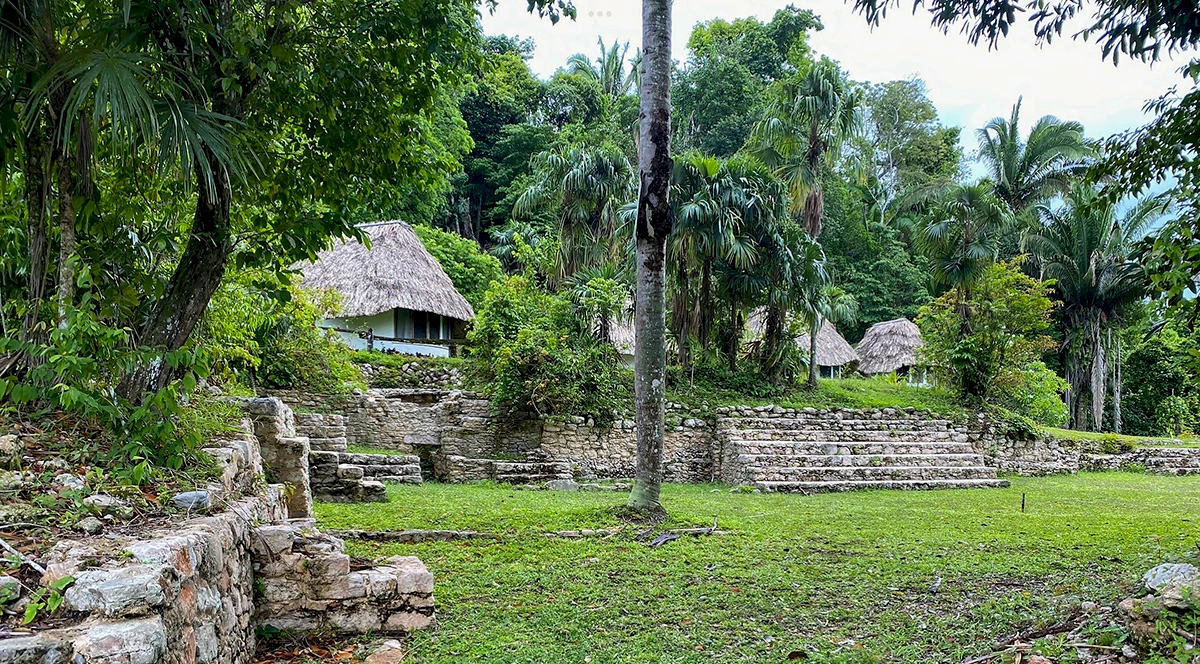
These are the grounds of the accommodations where the class stayed inland.